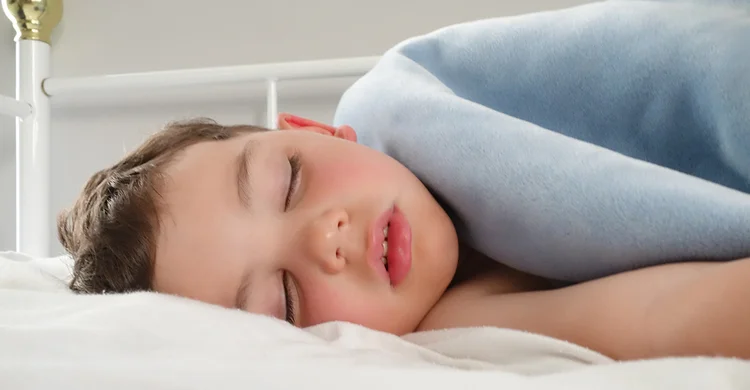Helping Your Children Adjust To Daylight Saving Time
/Ronnie's Awesome List presents a guest article by Karen Schwarzbach, CSC, CWP and Certified Child Sleep Consultant, Certified Wellness Practitioner.
Sunday, November 5, 2am is Daylight Savings Time.
Just when you think you’ve got sleep mastered. Your little one is in bed consistently at the right time and falls asleep easily. She naps well (if she is still a napper) and sleeps through the night. But then; the clocks spring forward or fall back! Does this mean that all your hard work and nights of counting sheep are destined to deteriorate? It doesn’t have to turn into a nightmare if you follow these simple tips.
Consider the recommendations below to learn how to create a plan that can be effective and create a seamless transition for your child. For those with pre-schoolers, you may choose to have a conversation with them about the time change, maybe even creating an activity like drawing pictures of what it will look like outside at dinnertime after the clocks change or talking about the fun events that spring brings (such as pool parties, barbeques and evening playtime in the yard) or fall (such as the holiday's).
Some families prefer to set the clocks on Saturday night and modify activities and events based on the new time right away. For other families, however, they have experienced, or are concerned about, experiencing regressions in sleep if their child has not been prepared.
The National Sleep Foundation recommends a modified transition to help the body adjust slowly and to respond optimally to the change. If you choose to employ this gradual transition method, bedtime will creep earlier for several days preceding the beginning or end of daylight saving time.
This may be difficult for your child. Be sure to keep your routine, just shift it slightly earlier or later over the week to create that seamless transition. Your child won’t be as tired so moving in too large an increment will be more noticeable. Keeping your evening routine consistent with that of the nights leading up to the time shift will help your child respond more effectively.
Dim room lights, engage in quiet activity, even start the bedtime routine at the original time, adding in one extra non-stimulating book, a special song, a brief massage, a prayer or poem to maintain your child’s readiness to fall asleep.
You want to make sure that your room darkening efforts ‘communicate’ bedtime.
Begin before it begins!
The time change starts at 2:00 a.m. on Sunday morning. To help your child get used to the new schedule, begin to acclimate them five to seven days before the actual time change. This way they will be somewhat adjusted to the new time because you have been preparing for several days. Start on the Sunday preceding the time change in preparation.
Start Slowly
If you choose to try to get your little one on an adjusted schedule ahead of time, don't shift the full hour right away. Start with adjusting naps and night sleep 15 minutes earlier. Two days later push back/forward another 15 minutes. On Thursday and Friday push back/forward yet again another 15 minutes. Try to make your entire routine throughout the day 15 minutes earlier each couple of days so that by Saturday you are on the last 15 minute adjustment in preparation for Sunday when the time actually does change.
Maintain Your Routine
Although you are adjusting the time your child falls asleep during the day and at night, you are not changing their routine throughout the day. Continue to use the same routine, just at the adjusted time. Make your entire routine throughout the day 15 minutes earlier so that it will be similar to what you will be doing on Sunday when the clock has shifted.
Remain Consistent
The important thing for the days leading up to the time change when you are trying to get your child on the new schedule is to remain consistent in how you manage your child’s day, afternoon and evening. This may require a little bit of planning on your part but the most important thing is to stick with it.
Give Melatonin a Boost!
Research has indicated that exposing children to sunlight in the early afternoon actually boosts their melatonin production. Consider some backyard time or a walk before dinner to get in some of that melatonin-inducing sunshine!
Be Patient
While most children generally respond well to these modifications, some will resist, particularly if they are a bit older and have more awareness about household activities, such as when the working parent arrives home. Additionally, some baby's internal clocks are just set for a certain time and more resistant to change. However, stick with the plan and your baby will adjust.
Prepare yourselves and your family ahead of time and you will continue sleeping like babies even after the time has changed.
Karen Schwarzbach is an sleep expert and and Certified Child Sleep Consultant, Certified Wellness Practitioner.



















